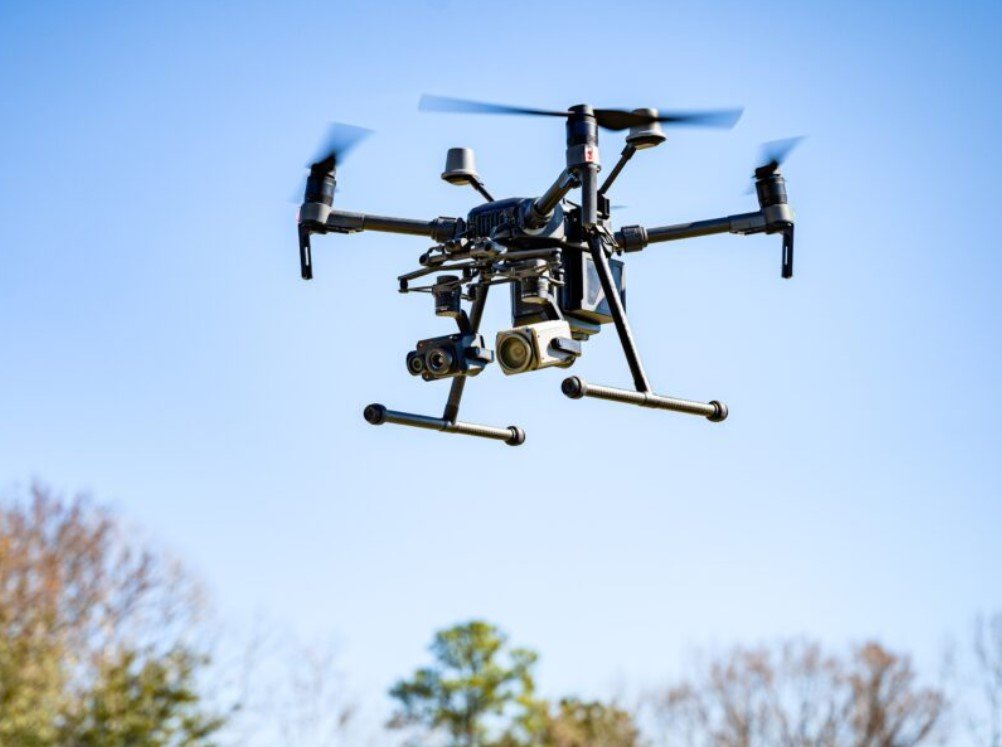In the evolving landscape of humanitarian aid, the integration of technology and basic necessities is reshaping how assistance is delivered. Traditional aid focused on food, water, and shelter, but the digital age demands a broader approach. WiFi and connectivity are becoming as crucial as food and water, enabling better coordination, communication, and access to information. This shift is not just about meeting immediate needs but also about empowering communities for long-term resilience.
Humanitarian aid has always been about providing immediate relief to those in need. However, the nature of crises is changing, and so must the response. In recent years, conflicts, climate change, and pandemics have highlighted the need for a more integrated approach. Food and water remain essential, but connectivity is increasingly seen as a lifeline. Access to WiFi can help displaced people stay in touch with family, access vital information, and even find work. This new approach is about more than survival; it’s about dignity and empowerment.

The inclusion of WiFi in aid packages is a recognition of the digital divide that often exacerbates crises. In many parts of the world, lack of internet access can mean the difference between life and death. For example, during the COVID-19 pandemic, access to accurate information was crucial for preventing the spread of the virus. Similarly, in conflict zones, connectivity can help people avoid danger and access help more quickly. This shift towards digital inclusion is a significant step forward in humanitarian aid.
Moreover, the integration of technology in aid efforts can improve the efficiency and effectiveness of relief operations. Drones, for instance, are being used to deliver medical supplies to remote areas, while mobile apps are helping to coordinate relief efforts and track the distribution of aid. These innovations are not just about meeting immediate needs but also about building resilience and preparing for future crises.
Empowering Communities Through Connectivity
One of the most significant benefits of integrating WiFi into humanitarian aid is the empowerment it brings to affected communities. Connectivity allows people to access education, healthcare, and employment opportunities, even in the midst of a crisis. For example, online learning platforms can help children continue their education when schools are closed, while telemedicine services can provide remote healthcare to those in need. This access to information and services can make a significant difference in people’s lives, helping them to rebuild and recover more quickly.
In addition to providing immediate relief, connectivity can also help communities to become more self-sufficient. By giving people the tools they need to access information and resources, aid organizations can help them to take control of their own recovery. This approach is about more than just providing aid; it’s about empowering people to help themselves. It’s a shift from a top-down model of aid delivery to a more participatory and inclusive approach.
Furthermore, connectivity can also foster social cohesion and support networks within affected communities. Social media platforms, for example, can help people to stay connected with family and friends, share information, and offer support to one another. This sense of community and solidarity can be crucial in times of crisis, helping people to cope with the challenges they face and to rebuild their lives.
Challenges and Opportunities
While the integration of WiFi into humanitarian aid offers many benefits, it also presents challenges. One of the main challenges is ensuring that connectivity is accessible to all, particularly in remote and underserved areas. This requires significant investment in infrastructure and technology, as well as partnerships with governments, private sector companies, and other stakeholders. Additionally, there are concerns about data privacy and security, particularly in conflict zones where information can be sensitive and potentially dangerous.
Despite these challenges, the opportunities for improving humanitarian aid through connectivity are immense. By leveraging technology, aid organizations can reach more people, more quickly, and more effectively. This can help to save lives, reduce suffering, and build resilience in the face of future crises. Moreover, the integration of WiFi into aid efforts can also help to bridge the digital divide and promote digital inclusion, ensuring that everyone has access to the benefits of the digital age.
In conclusion, the future of humanitarian aid is not just about providing food and water, but also about ensuring that people have the connectivity they need to survive and thrive. By integrating WiFi into aid efforts, we can empower communities, improve the efficiency and effectiveness of relief operations, and build resilience for the future. This is the future of humanitarian aid: a more integrated, inclusive, and empowering approach that meets the needs of the digital age.
















